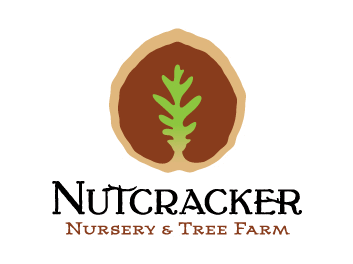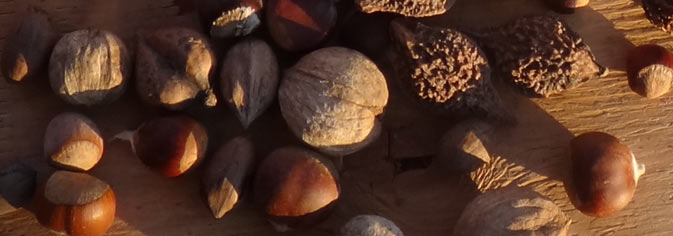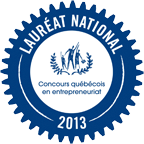











Hickory (Nut trees)
We offer several species of sweet nut hickories native to Canada or the northeast of United States for zones 3b to 5b. Hickory trees are excellent for naturalization of urban woodlands or low value timber forested lands. Hickory trees have a very hard wood and have become rare in nature in Quebec and Ontario. Their beauty and rarity means that we have to plant a lot more. With their determined growth, they are very resistant to extreme cold temperature.
Choose another category:
25 to 50 = 5%
51 to 75 = 10%
76 to 150 = 15%
151 to 350 = 20%
351 and more = 25%
Discount from 30% to 40% for large quantities... request a quote by email
Carya cordiformis , the Bitternut Hickory, is a large pecan hickory. It is the shortest lived of the hickories, living to about 200 years. It is a large deciduous tree, growing up to 35 meters tall (exceptionally to 47 m), with a trunk up to 1 m diameter. The leaves are 15-30 cm long, pinnate, with 7-11... more
Carya cordiformis , the Bitternut Hickory, is a large pecan hickory. It is the shortest lived of the... more
Not available
Carya tomentosa , (Mockernut hickory, mockernut, white hickory, is a tree in the Juglandaceae or Walnut family. The most abundant of the hickories, common in the eastern half of the US, it is long lived, sometimes reaching the age of 500 years. A straight-growing hickory, a high percentage of its wood is used... more
Carya tomentosa , (Mockernut hickory, mockernut, white hickory, is a tree in the Juglandaceae or... more
A Hican is a cross or hybrid between Hickory and northern Pecan. The trees look and grow mostly the same as pecan trees but are more cold tolerant, like Hickory. Hicans have a distinct flavor which might be described as 80% Hickory and 20% pecan, but they look similar to a medium size pecan but with the shell a... more
A Hican is a cross or hybrid between Hickory and northern Pecan. The trees look and grow mostly the... more
Not available
Carya glabra, the pignut hickory, is a common, but not abundant species of hickory in the oak-hickory forest association in the Eastern United States and Canada. Other common names are pignut, sweet pignut, coast pignut hickory, smoothbark hickory, swamp hickory, and broom hickory. The pear-shaped nut ripens in... more
Carya glabra, the pignut hickory, is a common, but not abundant species of hickory in the oak-hickory forest... more
Zone 4b Sweet pignut hickory is a fairly uncommon but widespread hickory native to eastern North America. It is typically found growing in dry, well drained sandy upland ridges and sloped woodlands from southern Ontario, Canada, and in the United States east to New Hampshire, south to northern Florida west to... more
Zone 4b Sweet pignut hickory is a fairly uncommon but widespread hickory native to eastern North America.... more
Not available
Larger nuts than the common shargbark hickory. Ideal for nut production. Hardy to zone 4b.
Larger nuts than the common shargbark hickory. Ideal for nut production. Hardy to zone 4b.
Not available
A remakable specie indigenous to North America, shagbark hickory trees are widespread in the Eastern U.S. and in southern ontario and very sporadic in southern Quebec in zones 4 to 8. Shagbark hickory trees are related to the pecan, another nut tree indigenous to North America. Although they can reach a height... more
A remakable specie indigenous to North America, shagbark hickory trees are widespread in the Eastern... more
The shellbark hickory or big shagbark hickory is sometimes called Kingnut Hickory, as it is sometimes called as another hickory specie that is native to the mildest regions of Ontario and widespread in eastern USA. Attesting to some of its characteristics. It is a slow-growing, long-lived tree, hard to... more
The shellbark hickory or big shagbark hickory is sometimes called Kingnut Hickory, as it is sometimes... more
















